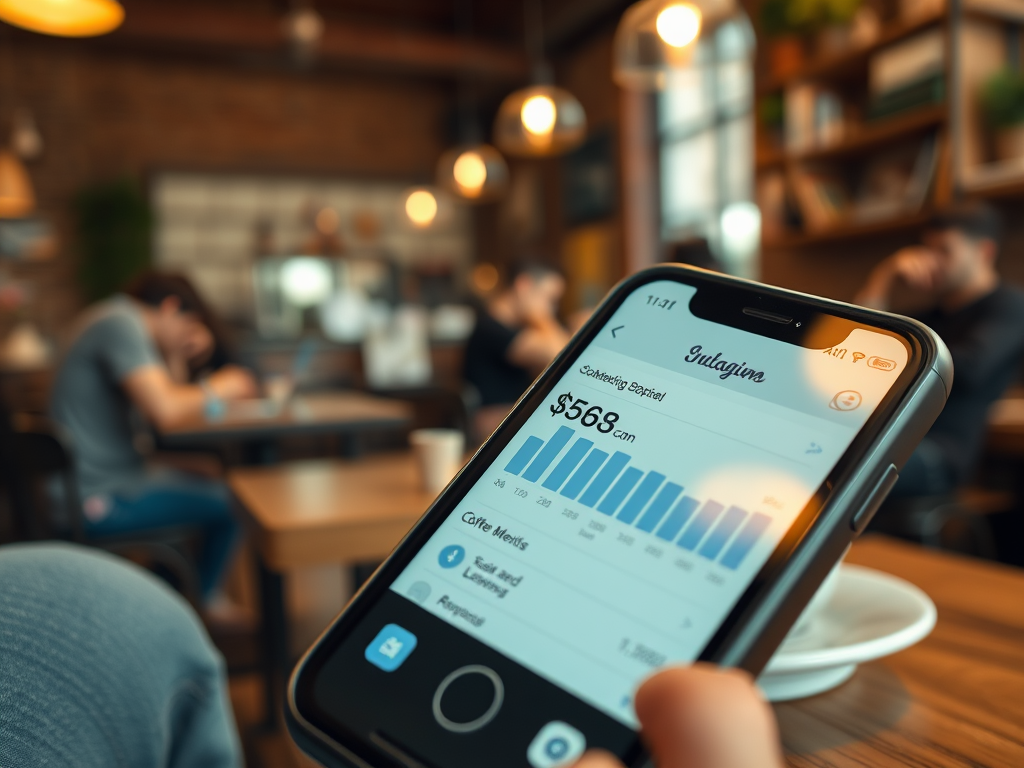In the fast-paced world of social media, simply being present on multiple platforms isn’t enough to ensure success. To truly harness the power of social media for your brand, you need to optimize your strategy according to the unique characteristics of each platform. Doing so will not only enhance engagement but also create a more targeted approach towards reaching your audience. By understanding the nuances of platforms like Instagram, Twitter, and LinkedIn, you can create tailored content that resonates with your followers, ultimately driving better results. In this article, we will explore various aspects of optimizing your social media strategy across different platforms and provide actionable insights to uplift your online presence.
As platforms continue to evolve, so too do the expectations and preferences of users. Gone are the days where a one-size-fits-all approach sufficed; today, savvy brands recognize the importance of differentiation. Whether you’re promoting a new product, sharing industry insights, or building brand awareness, each platform requires a unique strategy that considers audience preferences, engagement metrics, and appropriate content types. As we move forward, you’ll gain invaluable tips on how to successfully tailor your social media efforts for varied platforms, maximizing your outreach and impact.
Understanding the Unique Characteristics of Each Platform

Social media platforms cater to different audiences and content types. It’s essential to recognize these differences to tailor your strategy effectively, ensuring that your messages hit home. For instance, while Instagram is a hotspot for visual storytelling, Twitter thrives on quick, succinct updates. Not only is understanding these dynamics crucial for content creation, but it also informs your engagement strategy. By leveraging analytics and user feedback, you can refine your approach on each platform, creating a distinct identity that speaks directly to segmented audiences.
Different platforms attract varying demographics, which is key to delivering relevant content. The audience you find on Instagram may differ vastly from those on Facebook or LinkedIn. Tailored messaging is essential for generating interactions, and this means diving deep into the analytics that each platform provides. You might want to look at factors such as age, location, and interests when developing your character. By understanding your target audience on each platform, you can create content that is not only relevant but engaging.
Developing Platform-Specific Content Types

Creating the right type of content for each social media platform is crucial for engagement. High-quality, eye-catching visuals reign supreme on platforms like Instagram and Pinterest, while LinkedIn and Twitter encourage well-researched, text-based industry insights. Keeping in mind the best practices for each platform makes a considerable difference in your overall social media performance. Here’s a handy table summarizing the top content types for key platforms:
| Platform | Top Content Types |
|---|---|
| Images, Stories, Reels | |
| Videos, Live Streams, Posts | |
| Text Updates, Polls, GIFs | |
| Articles, Industry Reports, Professional Updates |
Utilizing these insights can streamline your content creation process and foster better engagement across platforms. Additionally, not only do you need to consider the content types but also the tone and branding that accompany them. This might mean a more professional tone on LinkedIn or a light-hearted, casual tone on Instagram.
These platforms thrive on high-quality visual content. Indeed, quality images, infographics, and videos can significantly boost your visibility. Engaging visuals represent your brand’s voice and personality. Aim for a cohesive aesthetic that reflects both your branding and your content objectives. To create stunning visuals, consider integrating design tools such as Canva or Adobe Spark that offer numerous templates to simplify the process of creating eye-catching posts.
Timing and Frequency of Posts
The timing and frequency of your posts can greatly influence engagement. Posting when your audience is most active is fundamental to maximizing reach and interaction. But how do you determine when that is? It requires a combination of research and data analytics. Each platform has peak times, which can vary based on audience location and behavior. Here’s a quick list of widely acknowledged optimal posting times:
- Facebook: 1-3 PM on weekdays
- Instagram: 11 AM – 1 PM and 7 PM – 9 PM
- Twitter: 12 PM – 1 PM
- LinkedIn: 7 AM – 9 AM and 5 PM – 6 PM
Utilizing analytics tools will provide further insights specific to your audience, helping you refine your posting schedule for maximum engagement. Regularly reviewing your performance will allow you to pivot and adapt as needed. Consistency, however, remains integral; find a balance that’s manageable while ensuring a steady stream of content for your audience.
Measuring Success and Adapting Your Strategy
Tracking and analyzing the performance of your social media efforts is vital for continuous improvement. Without rigorous measurement, your efforts may simply go unnoticed. It’s essential to establish clear Key Performance Indicators (KPIs) that align with your objectives. These indicators could include engagement rates, click-through rates, and conversion rates. Regularly scrutinizing these metrics will point out trends and help you adjust your strategy based on performance.
Monitoring specific KPIs for each platform helps evaluate your strategy’s effectiveness. For instance, high engagement rates on Instagram may hint that you’re providing valuable content there, while low rates on Twitter could signify a need for tactical adjustments. Keep track of the following KPIs to gauge your social media success:
- Engagement Rate (likes, comments, shares)
- Click-Through Rate (CTR)
- Conversion Rate (sales, sign-ups, downloads)
- Follower Growth Rate
With actionable data in hand, adapting your strategies and tactics can lead to continual growth and improvement, positioning your brand favorably in the competitive social media landscape.
Conclusion
In conclusion, optimizing your social media strategy requires a deep understanding of each platform’s unique characteristics, audience preferences, content types, timing, and performance metrics. By embracing a tailored approach, you can improve engagement and drive better results across platforms. Remember, the digital world is ever-changing; remaining flexible and adaptable will serve you well. Regularly revisit your strategy, continue learning, and above all, listen to your audience. These steps will ensure that your brand thrives in the social media space.
Frequently Asked Questions
- What is the best platform for B2B marketing? LinkedIn is often considered the best platform for B2B marketing due to its professional audience and networking capabilities.
- How often should I post on social media? Posting frequency can vary by platform; generally, 1-2 times per day on Facebook, 3-5 times per day on Twitter, and 3-7 times per week on Instagram works well.
- What type of content works best on Facebook? Video content, engaging visuals, and interactive posts (like polls) tend to perform well on Facebook.
- How do I measure social media ROI? To measure ROI, track conversions, engagement metrics, and compare them against the costs of your social media campaigns.
- Should I use hashtags on all platforms? While hashtags can enhance discoverability, their effectiveness varies. Use them judiciously on Instagram and Twitter but limit them on Facebook and LinkedIn.

